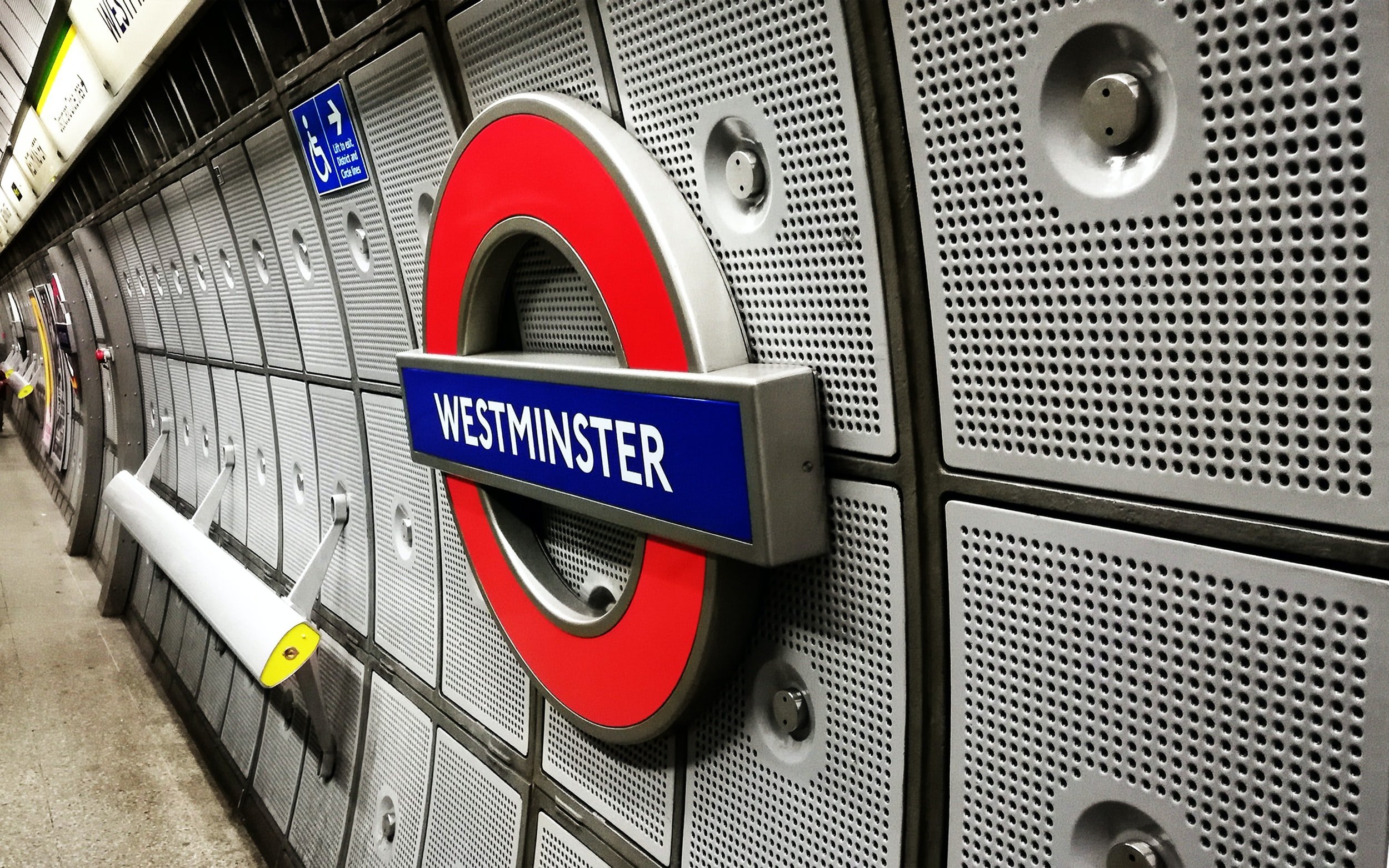Who won the local elections?
If Labour is to win an overall majority at the next general election, it has to demonstrate some serious recovery North of the Watford gap.
COUNTING has finished in the 2022 local elections (except for Croydon and Tower Hamlets, but who cares). Here are my initial thoughts.
A brief bit of context. Most seats up for election in England were last contested in 2018, when Labour was trying to build upon the glorious defeat of the 2017 general election. They were mostly unsuccessful, making gains in London but failing to seize the key councils of Wandsworth and Barnet, while barely holding their ground in the rest of England. This year, Sir Keir Starmer had to do two things. Show that he can continue to make gains in affluent, younger, socially liberal urban areas, but also, crucially, that he can reach the older, traditionally working class, formerly ‘Leave’ voting areas in the Midlands and North of England that his predecessor could not.
Unlike last year’s local elections, which was a disaster Labour could partially blame on the Government’s ‘vaccine bounce’, Starmer had no excuse this time. He faced an unpopular Government and Prime Minister, both ridden with scandal, with the economy in a poor state and a cost of living crisis with no end in sight. So, how did he do?
In short, the great political realignment is still with us. In London and throughout the South of England, Conservatives received the kind of drubbing you would associate with a government heading for general election defeat. In the capital, Labour indeed took Wandsworth and Barnet (widely expected) but also Westminster (which was quite a shock). This came alongside narrow gains in Crawley and Southampton, also at the expense of the Conservatives.
The Liberal Democrats secured impressive victories of their own throughout the South, taking over in Gosport, Woking and Somerset while turning Wokingham, West Oxfordshire, Maidstone and Tunbridge Wells over to no overall control.
Overall, the Conservatives have lost almost 500 seats across Great Britain and over 300 losses in England alone.
However, major opposition gains have not been reflected up and down the country. In those parts of the Midlands and the North of England where Boris Johnson secured his parliamentary majority, Conservatives largely held their ground. During my pre-election chat with Julien Yvon on his Political Tipster podcast, I mentioned Amber Valley, Dudley, Walsall, Newcastle-under-Lyme and Nuneaton as some of the places where Labour had to show signs of revival. All remain solidly in Tory hands. Cumberland, home to three ‘Red Wall’ seats, did see large Labour gains at Conservative expense, but it is the exemption which proves the rule.
There is a strange tendency to disregard results from London as outside of ‘real England’, but one thing is true – the capital is no longer home to many marginal, Conservative-held parliamentary constituencies. The borough of Wandsworth is a good example. It is covered by three Westminster seats, Battersea, Putney and Tooting. Battersea and Putney were Tory marginals until 2017 and 2019 respectively, when they were won by Labour. Tooting was a Labour marginal from when it was first contested in 1974 until 2017, when it essentially turned into a safe seat.
There are exceptions, with Labour likely to unseat Ian Duncan Smith in Chingford and Woodford Green based on these results (and historic trends). Crawley and Southampton are also home to marginal Conservative seats, but the overall picture remains the same. If Labour is to win an overall majority at the next general election, it has to demonstrate some serious recovery North of the Watford gap.
If the swing against the Conservatives was as bad throughout the country as it was in London and the South, there would have been a lot of newfound speculation regarding Boris Johnson’s job security. For now, Tory MPs can tell themselves that these are typical midterm swings, even though much of the results throughout the South were quite a bit worse than that.
Make no mistake, this was still a bad set of elections for the Conservatives. According to projections by the BBC, if the results were replicated nationally, Labour would be five points ahead, their biggest lead since 2012. And while local election results are not always the most reliable indicator of general election prospects, if the latter were held tomorrow, we have every reason to believe that Labour would emerge the largest party in a hung parliament.
Both parties have a comforting story to tell themselves. The Conservatives will say that they held on in many of the most important general election battlegrounds, and have two years to turn things around in those parts where they were routed. Labour will claim that they made good progress considering that most of the seats up for election in England were theirs to defend. And while some results may have been disappointing, the two years before the next scheduled general election are likely to be a time of acute economic pain. They may be doing just the bare minimum, but there is, at last, some hope.

